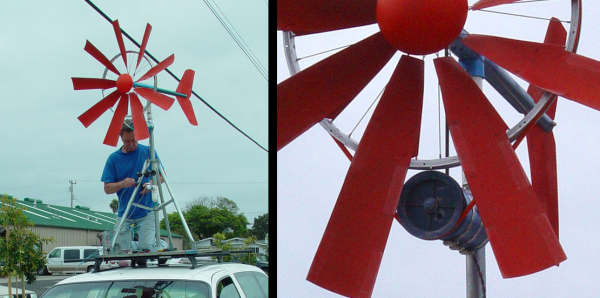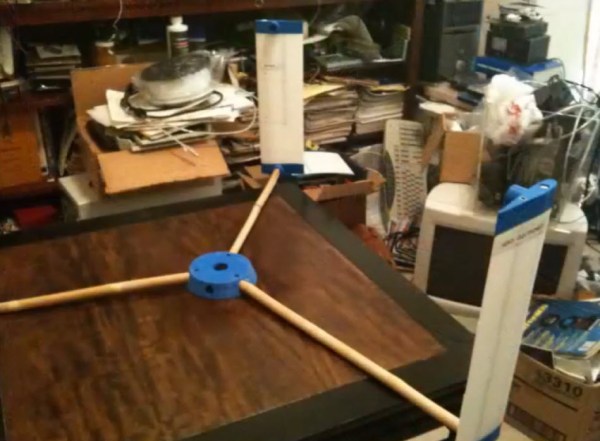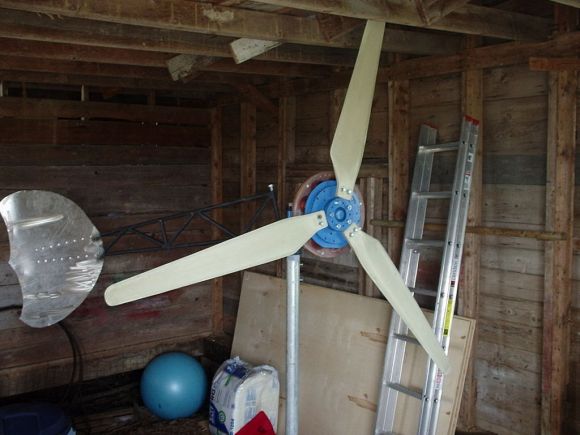The Isle of Lewis is the largest of the Scottish Outer Hebrides, sitting in the North Atlantic off the west coast of the Scottish mainland. It is the first landfall after thousands of miles of ocean for a continuous stream of Atlantic weather systems, so as you might imagine it is a place in which there is no shortage of wind.
It is thus the perfect situation for a wind power startup, and in the aptly-named Windswept and Interesting Ltd it has one that is pushing the boundaries. Their speciality is the generation of power from spinning kites, arrays of kites that transmit power to a ground-based generator through the rotation of their lines, and because they release their designs as open source they are of extra interest to us.
Of course, if you are a seasoned reader you’ll now be complaining that we’ve covered this story before when they had an entry in the 2014 Hackaday Prize, so what’s new? The answer is that the 2014 story was a much earlier iteration than their current multi-level kite array, and that they have now reached the point of bringing their products to market. You can buy one of their prototypes right now, and there is a soon-to-be-launched crowdfunding campaign for their latest model. It’s not exactly cheap, but this first product is the result of 5 years of product development, and it is pretty obvious that more is on the way. For any open hardware startup to stay afloat that long is an impressive achievement, to do so in a field in which you are not surrounded by a huge supporting industry in the way for example electronics startups are is nothing short of amazing.
If you would like to have a go at building one of their spinning kites, you can do so with full instructions released under a Creative Commons licence, but for non kite builders their website is a fascinating read in its own right. Their YouTube channel in particular has a wealth of videos of previous tests as well as design iterations, and is one on which many readers will linger for a while. Below the break we’ve put one of their most recent, a montage showing the kite evolution over the years.
Continue reading “Daisy Kite Wind Turbine: Now You Can Buy One”





 This project is
This project is 











